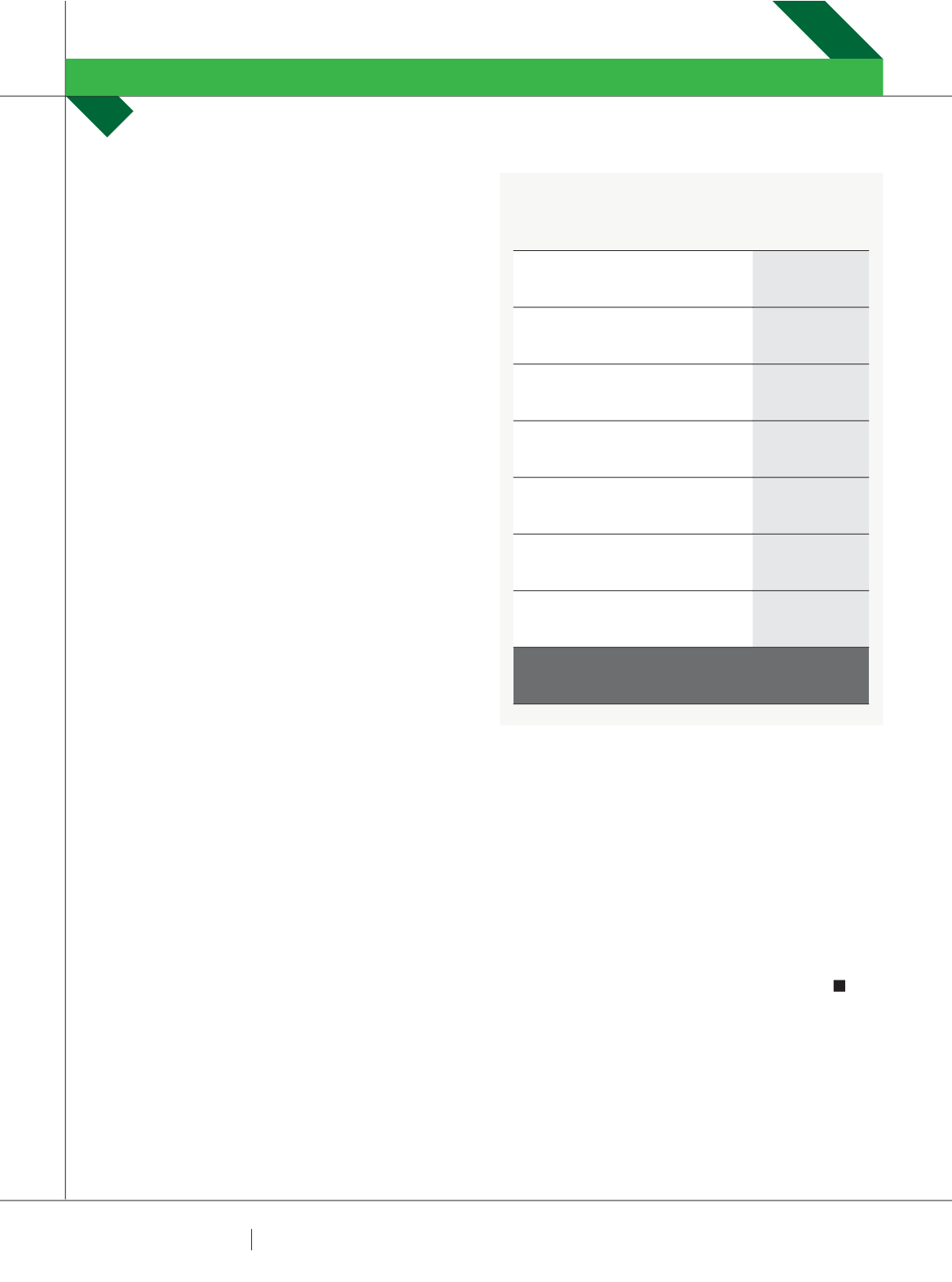

4 8
PLUMBING CONNECTION
AUTUMN 2016
Here are six key features a good system should include:
∫
Accuracy:
have confidence in the submitted price
∫
Efficiency:
the system should be quick to use
∫
User friendly:
anyone with minimal plumbing and/or
computer skills can use it
∫
Flexibility:
can modify a rate to suit each project
∫
Good reporting:
complete specific project break down
∫
Transparency:
see how each cost has been calculated
There are a few different ways plumbers price a project,
each have their advantages and disadvantages. The most
common is educated guessing. This is when you look at
the project and from past experiences of a similar job; you
throw a number at it and wait for the builder to tell you if
you are “on the money”. Personally, this is a very cavalier
form of quoting, as it’s impossible to know the projected
profit margin. Another is per point pricing. This where the
total number of fixtures (points) are tallied and multiplied
by an amount resulting in the project price (eg. 150 points
x $2,500.00 = $375,000.00). These methods of pricing are
quick and easy, but are thwart with danger as they don’t
take into consideration the different requirements of each
project.
The most accurate form of estimating is the ‘standard
rate method’ as it creates a consistent benchmark for each
individual component of the project. The advantage is that
each standard rate can be easily modified (if required) to
suit the different site/project conditions. This type of pricing
is quick, accurate, flexible and completely transparent.
HOW THE STANDARD RATE METHOD OF QUOTINGWORKS
STEP 1:
Measure a complete take-off for the project and
enter the details/quantities into an estimating program.
This will result in having the ‘first cost’ of the project, which
is the cost to install all the required works (labour, materials,
excavation and backfill).
STEP 2:
Add the ‘preliminary costs’ of running the project
(supervision, wet weather, floating equipment, etc). This
is usually entered as a percentage (from my experience
around 8% should cover the prelims).
STEP 3:
Add your businesses ‘overhead cost’ (cost of
running your business verses the turnover) and add it as a
percentage. An average sized plumbing business may have
an overhead cost of around 14%, but your accountant can
give you this information. The total of the above (first cost,
preliminaries and overheads) is the absolute bottom line of
the project.
STEP 4:
The final and most important step of the entire
process is to calculate and add the projected profit you wish
to make on the project (for the sample below we are using a
10% profit margin). This is entered as a percentage, which
will calculate the dollar amount of the expected profit.
Contact:
Andy Farrell has put a lot of a lot of work into developing
an estimating and management system to make running
a plumbing business as simple as possible. He’s also
made himself available to answer any questions readers
might have on estimating. We welcome Andy as a regular
contributing columnist to Plumbing Connection.
www.plumbingpack.com.auHERE IS AN EXAMPLE OF A PROJECT MARK-UP BREAKDOWN:
From the above information, you now know what the
project will cost you to complete (in the sample above, it is
$307,800). Therefore, if the builder says that you can have
the job for $300,000 you instantly know that you would lose
a projected amount of $7800 if you take the project.
Alternatively, you may be happy to reduce the projected
profit amount to secure the job and aim to negotiate
better prices from your suppliers. This just gives you the
confidence to know your bottom line and to walk away from
an undervalued project.
It’s important that you have confidence in your pricing
system and remember that practice makes perfect.
SAMPLE PROJECT MARKED UP
Total Labour, Materials and Plant
cost
$250,000.000
Preliminary Costs: 8%
$20,000.00
Sub-total Cost (inc Prelim’s)
$270,000.00
Overhead Cost: 14%
$37,800.00
Sub-total Cost (inc Overheads)
$307,800.00
Profit: 10%
$30,780.00
Total Project Price (Ex GST)
$338,580.00
Total Percentage Mark-up
(on first cost)
35.43%
ESTIMATING
ANDY FARRELL
















